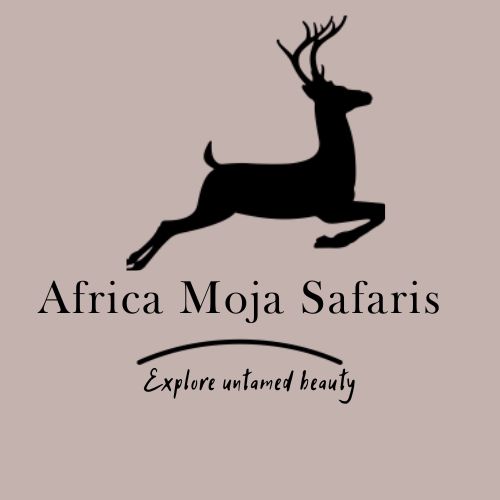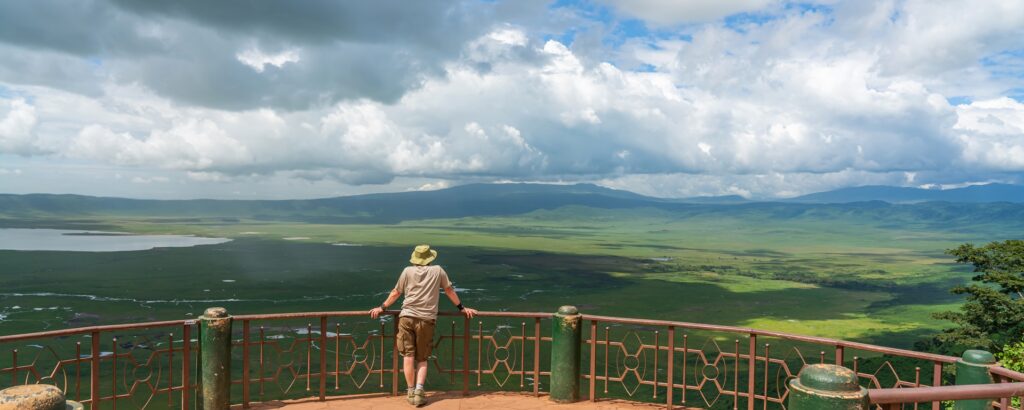Awesome, magical, majestic, out of this world, breathtaking, once in a lifetime experience- these and more are some of the terms you get in description of Ngorongoro crater- and we are for it! Ngorongoro crater is Tanzania’s most unique and beautiful game reserve. It is one of the World’s seven wonders in Africa and has been designated as a World heritage site by UNESCO.
No place in Africa matches up to the beauty and thrill of Ngorongoro crater. It has one of the largest unbroken volcanic Cauldron on earth. Ngorongoro is top notch tourist destination, and it attracts thousands and thousands of visitors all year round. So, what makes Ngorongoro crater special? How was it formed? We will answer all these below and also let you in on 12 interesting facts about Ngorongoro crater.
Ngorongoro Crater
Where is Ngorongoro Crater Located?
Ngorongoro crater is located in Tanzania in the East African Region. It is located within the Ngorongoro Conservation Area which is roughly 180km to the west of Arusha town. The crater is located in a protected region which comprises part of the larger Serengeti ecosystem, which is characterized by stunning landscape and rich wildlife, including a high concentration of predators such as lions, leopards, cheetahs, as well as large herds of elephants, zebras, wildebeest, and many other wild animals.
How was Ngorongoro Crater formed?
It is estimated that around 2.5 million years ago, an active volcano dramatically exploded and ended up collapsing on itself. This volcano is estimated to have been very huge with an estimated size of the likes of Mt Kilimanjaro. The Intact Cauldron seen today is believed to be the result of this Collapse. So, imagine the beauty of this landscape-simply out of this world!
What is a Cauldron?
This is a round bottomed shaped volcanic depression usually with a diameter of 1km and steep sloped outer edges. It is usually formed when the top of a volcanic mountain collapses due to lack of support from the underlying body of magma.
Once an eruption is completed, the top of the mountain is no more, and a massive hole is left behind. Minor eruptions sometimes happen after the major eruption and these lead to the creation of smaller cones in the floor of the cauldron which later fills up water to form lakes.
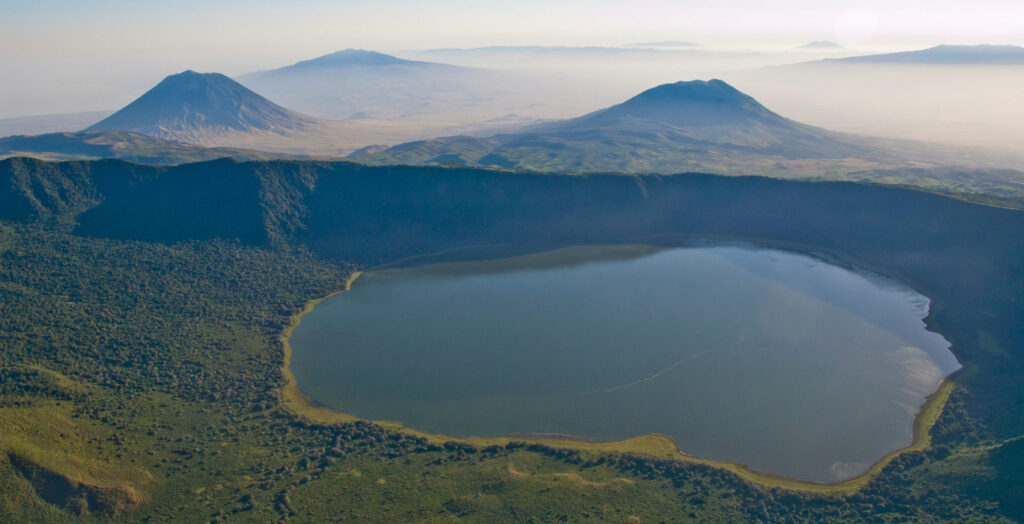
What makes Ngorongoro Special?
Apart from its breath-taking landscapes and scenery which are clearly visible, Ngorongoro crater is the largest intact volcanic cauldron in the World. It is a sanctuary for dense populations of large mammals in Africa and it has got its own ecosystem thanks to its enclosed nature. It has been referred to as a “Garden of Eden” by some admirers. Trust me once you visit this World wonder, you too will come up with some fascinating terms to associate it to.
Why is Ngorongoro Famous?
Ngorongoro crater comprises of breathtaking natural splendor with diverse array of wildlife and plant life nestled within a remarkably confined space. A safari drive on the crater floor is such a thrilling experience and it provides encounters with huge concentrations of animals. Ngorongoro has a consistence of witnessing Africa’s famed Big 5 animals-buffalo, elephants, lions, Rhinoceros and leopards.
What is the meaning of Ngorongoro?
“Ngorongoro” is believed to be a combination of two words from the Masai language. There is an interesting story behind this name. It is believed that the Masai pastoralists came up with this name from the sounds of the bell that used to hang around the neck of the lead cow in the hard. As the pastoralist passed through the crater landscapes the bell would make an echo sound of ” Ngoro Ngoro” thus the pastoralist decided to call the place Ngorongoro. And that is how the famous name came about.
12 Fascinating Facts About Ngorongoro Crater
1. The World’s Largest Intact Volcanic Cauldron/Caldera
The Ngorongoro Crater spans approximately 16 to 19 kilometers in diameter. Its crater walls rise to heights ranging from 1,312 to 2,000 feet (400 to 610 meters), surpassing the Empire State Building’s height by more than 1.5 times. While there are several calderas worldwide, the Ngorongoro stands out for its distinction as the largest one with entirely unbroken walls and has not been inundated with water.
2. One of the World’s 7 Natural Wonders of Africa
Ngorongoro is one of the World’s 7 wonders and is designed as a world heritage site by UNESCO. The other only wonders of the World include Mt. Kilimanjaro, Sahara Desert, River Nile, Okavango Delta, Serengeti wildebeest migration and the Red Sea. Only exceptionally unique landmarks make it to the Worl wonders list.
3. Ngorongoro has the biggest number of predators in Africa.
The fertile volcanic soil teeming with minerals and the short-grass plains lining the floor of the crater provide abundant grazing for numerous herbivores, primarily grass-eating animals.
These vast herds, in turn, draw in an impressive array of predators, forming the densest predator populations found anywhere on the continent. Ngorongoro Crater boasts possibly one of the world’s highest densities of lion prides among its resident population. Such ecological dynamics render Ngorongoro Crater a premier African safari destination, showcasing its remarkable wildlife diversity.
Lions hunt mere meters of safari vehicles and may even seek shade beside one to escape the sun. Joining the lion in the ranks of predators within the Crater are leopards, cheetahs, spotted hyenas, jackals, caracals and bats.
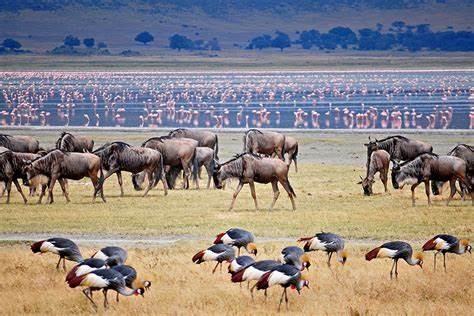
4. It is a haven for large Mammals, over 25,000 Live there
A Safari in Ngorongoro will have you see all of Africa’s iconic animals. That is a guarantee we are willing to live up to. The nature of the crater floor allows for huge numbers of animals to graze abundantly.
5. Home to over 550 Bird Species
These encompass a variety of avian species. They include the Common Ostrich (the largest bird on earth), Kori Bustard (the largest flying bird), Secretary bird, Fischer’s lovebirds. Grey Crowned Crane, Flamingos, Bateleur, Martial and Long-crested Eagle, Augur Buzzard, Quail finch, Tacazze, Malachite, and Golden-winged Sunbird.
Additionally, although more challenging to spot, numerous hummingbirds – the smallest birds in the world – also inhabit the area. Therefore, when exploring the Ngorongoro Crater. It’s essential not only to observe ground-dwelling animals but also to look to the skies, as there is an abundance of avian life to behold.
6. Premier destination for observing the Big 5 animals.
With its renowned wildlife diversity. Visitors to Ngorongoro Crater have an excellent opportunity to encounter all members of the Big 5 in one location, making it a top attraction. The buffalo herds thrive, the lion population flourishes, leopards frequent the forested areas, and elephants are commonly sighted during the wetter months (November, December, April, and May).
Moreover, visitors to the crater enjoy the highest likelihood of spotting one of the region’s elusive black rhinos, known for their elusive nature. These black rhinos typically spend their evenings concealed among the yellow-green fever trees of the Lerai Forest. They only to emerge onto the open plains during the day.
7. Surprisingly there are no Impalas and Giraffes in Ngorongoro Crater
In the diverse ecosystem of the Ngorongoro Crater, two notable species, the impala and giraffe, are conspicuously absent among the 25,000+ resident animals. Their absence is attributed to the scarcity of open woodlands and specific tree species that these animals typically favor.
8. Home to a site of immense prehistoric significance on a global scale-The Olduvai Gorge
Renowned British archaeologist Dr. Louis Leakey made a groundbreaking discovery of hominid fossils in the nearby Olduvai Gorge, dating back approximately 3.6 million years. These fossils have played a pivotal role in unraveling the mysteries of human evolution. They represent some of the earliest evidence of our species.
Visitors to Ngorongoro have the opportunity to explore the gorge, peruse the museum, and marvel at the Laetoli footprints, which stand as the oldest known footprints ever discovered. Additionally, the museum showcases actual fossils of extinct animals that once roamed the area, offering a glimpse into the region’s ancient past.
9. It encompasses a remarkable variety of natural habitats.
Nestled within its breathtaking landscapes and teeming wildlife, the Ngorongoro Crater encompasses a remarkable variety of natural habitats. Here are some of the notable ecosystems found within its bounds:
Ngorongoro Crater wall: Predominantly cloaked in dense montane forest, this area serves as a favored domain for leopards.
Lake Magadi (or Lake Mukat): A seasonal alkaline lake bordered by soda flats, serving as a habitat for numerous migratory waterbirds, notably the iconic pink flamingos.
Mandusi and Gorigor Swamps: Serving as sanctuaries for hippos, elephants, lions, and vibrant flocks of birds.
Hippo Pool: A popular stop during game drives, offering opportunities to stretch one’s legs, enjoy a picnic, and observe the playful antics of chortling hippos.
Lerai Forest: A picturesque woodland habitat frequented by Fischer’s lovebirds, baboons, bushbucks, vervet monkeys, leopards, and a small population of giant tusker bull elephants.
Expansive grasslands: Dominating the majority of the crater’s floor, these grasslands are home to abundant populations of wildebeest, zebra, hyenas, eland, and lion.
10. Lodging, Wildlife, and Masai Encounters
Visitors to the Ngorongoro Crater are restricted to 6-hour permits to visit the crater floor, as part of efforts to manage traffic and preserve the delicate environment. Consequently, there are no lodging options available within the caldera itself. However, several safari lodges and camps are perched on the crater’s rim, offering some of the most breathtaking views in the world.
Alternatively, accommodation can be found on the Rift Valley Escarpment or in the nearby town of Karatu, providing more affordable options, albeit requiring about an hour’s travel to reach the crater. Staying on the rim ensures that you’ll be among the first to descend into the caldera for your morning game drive.
Meanwhile, the Ngorongoro Conservation Area, home to the Ngorongoro Crater, is designated as a biosphere reserve rather than a national park, allowing a diverse array of wildlife to coexist with the iconic Maasai community. These traditional pastoralists, recognizable by their distinctive red checkered Shuka cloths and elaborate beadwork jewelry, live alongside the wildlife in harmony.
While exploring the area, encounters with Maasai cattle herders along the roadside are common. For those interested in interacting with the Maasai and capturing their culture through photography, visiting one of the manyattas (enclosures with groups of huts) is a customary and welcomed experience, often for a fixed fee.
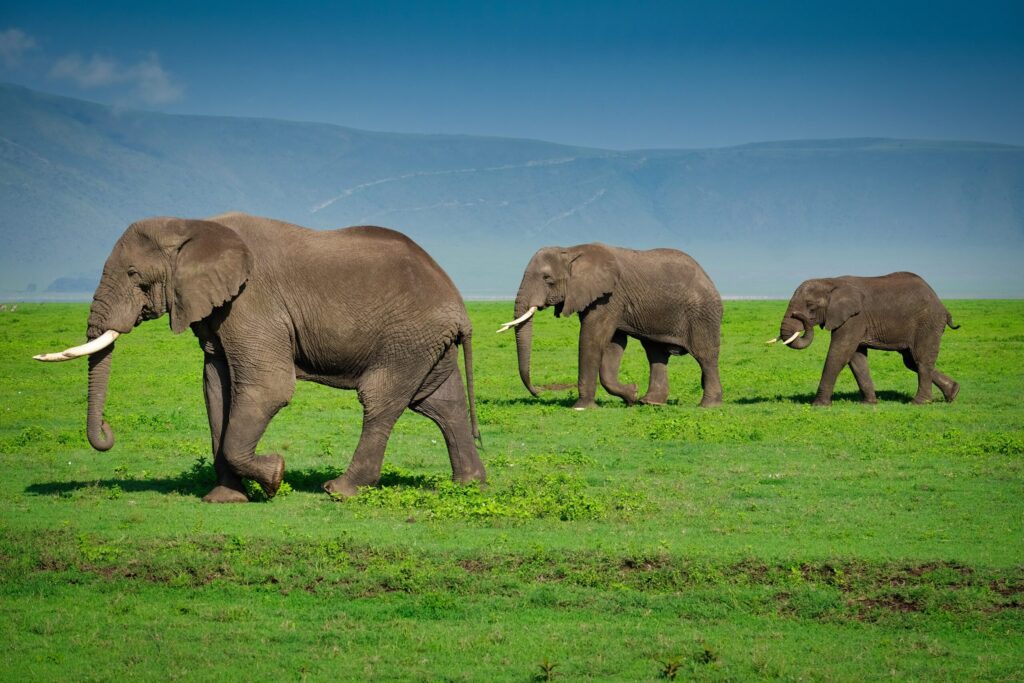
11. Movie Magnet Location
Ngorongoro has served as a movie set location for great television. Leading films like ”Out of Africa (1985)” being shot at Ngorongoro crater. It has also been featured in many wildlife documentaries. These include the Great Natural Wonders of the World (2002) and Living Earth (2013).
The Ngorongoro Masai were featured in the Amazing Race (2012) documentary.
12. The crater seamlessly integrates with the Serengeti.
During a Tanzania holiday, most travelers aim to optimize their safari experience by designing an itinerary. This will be designed to include the Ngorongoro Crater, Serengeti, Lake Manyara National Park, and Tarangire National Park. These renowned as the top destinations to explore in Tanzania.
Kilimanjaro Airport connects these destinations through a well-developed network of roads. Referred to as Tanzania’s Northern Safari Circuit. This route facilitates travelers in exploring the country’s rich wildlife and breathtaking landscapes conveniently within a single itinerary.
Contact us today at [email protected] to plan your dream trip to Ngorongoro Crater Reserve.
